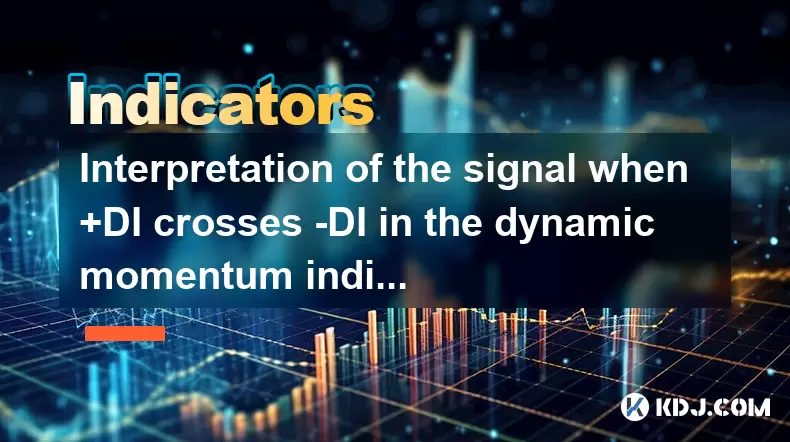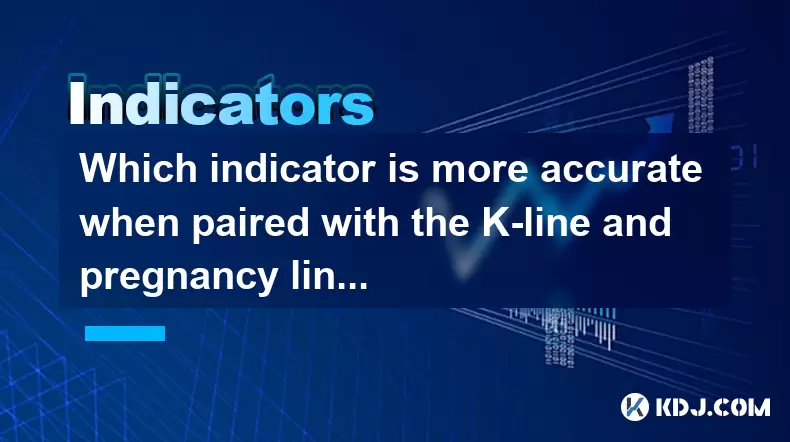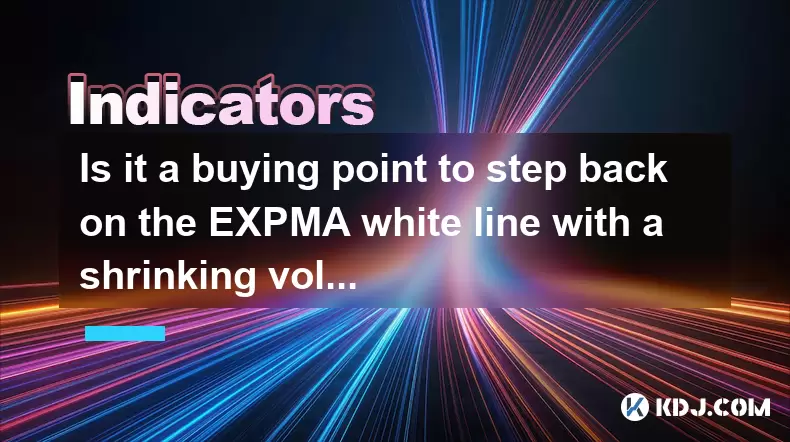-
 Bitcoin
Bitcoin $119300
1.07% -
 Ethereum
Ethereum $3730
3.87% -
 XRP
XRP $3.235
0.29% -
 Tether USDt
Tether USDt $1.000
0.00% -
 BNB
BNB $783.5
1.88% -
 Solana
Solana $188.7
0.25% -
 USDC
USDC $0.0000
-0.01% -
 Dogecoin
Dogecoin $0.2399
-0.44% -
 TRON
TRON $0.3157
2.37% -
 Cardano
Cardano $0.8254
1.94% -
 Hyperliquid
Hyperliquid $42.83
0.14% -
 Stellar
Stellar $0.4372
3.21% -
 Sui
Sui $3.859
4.91% -
 Chainlink
Chainlink $18.53
3.53% -
 Hedera
Hedera $0.2464
0.01% -
 Bitcoin Cash
Bitcoin Cash $519.8
2.46% -
 Avalanche
Avalanche $24.24
2.17% -
 Litecoin
Litecoin $113.7
0.73% -
 UNUS SED LEO
UNUS SED LEO $8.990
0.30% -
 Shiba Inu
Shiba Inu $0.00001390
0.21% -
 Toncoin
Toncoin $3.188
1.49% -
 Ethena USDe
Ethena USDe $1.001
0.02% -
 Polkadot
Polkadot $4.090
-0.91% -
 Uniswap
Uniswap $10.40
4.08% -
 Monero
Monero $326.6
3.12% -
 Bitget Token
Bitget Token $4.627
-0.42% -
 Pepe
Pepe $0.00001281
0.76% -
 Dai
Dai $1.000
0.01% -
 Aave
Aave $291.6
0.98% -
 Cronos
Cronos $0.1269
7.26%
Interpretation of the signal when +DI crosses -DI in the dynamic momentum indicator (DMI)
The Dynamic Momentum Indicator (DMI) helps crypto traders identify trend strength and direction through +DI and -DI crossovers, signaling potential bullish or bearish shifts.
Jun 29, 2025 at 02:42 am

Understanding the Dynamic Momentum Indicator (DMI)
The Dynamic Momentum Indicator, commonly referred to as DMI, is a technical analysis tool used in cryptocurrency trading to identify the strength and direction of a trend. It consists of two primary components: +DI (Positive Directional Indicator) and -DI (Negative Directional Indicator). These lines are plotted on a scale from 0 to 100 and are designed to assess whether an asset is experiencing upward or downward momentum.
When analyzing price movements within the crypto market, traders closely monitor the interaction between these two lines. The crossing of +DI over -DI serves as a critical signal for potential shifts in trend direction.
The Significance of +DI Crossing Over -DI
A key signal in the DMI occurs when the +DI line crosses above the -DI line. This crossover typically suggests that upward momentum is gaining strength, potentially signaling the beginning of a bullish phase. In the context of cryptocurrency, where volatility is common, this can be especially valuable for identifying entry points in rising markets.
Traders interpret this signal differently depending on the broader market conditions. For instance, if Bitcoin has been consolidating after a prolonged downtrend and the +DI crosses above -DI, it might indicate a reversal rather than just a short-term bounce.
Steps to Confirm the Validity of the Signal
Before acting on a +DI crossing -DI, several steps should be taken to ensure the signal's reliability:
- Check the overall trend: If the long-term trend remains bearish, a simple crossover may not be sufficient to justify a trade.
- Look at volume indicators: A surge in volume accompanying the crossover increases the likelihood that the move is genuine.
- Cross-reference with other tools: Using additional indicators like RSI or MACD can help confirm whether the momentum shift is sustainable.
- Set thresholds: Some traders wait until both +DI and -DI cross above or below a certain level (e.g., 25 or 30) before considering the signal valid.
- Analyze candlestick patterns: Bullish formations such as hammers or engulfing candles near the crossover can provide further confirmation.
Each of these steps contributes to building a more robust interpretation of the +DI/-DI crossover.
Differentiating Between False Signals and Genuine Crossovers
One of the challenges of using DMI in cryptocurrency trading is distinguishing between genuine momentum shifts and false signals. Since crypto assets often experience rapid and erratic price swings, the +DI crossing -DI can sometimes occur without leading to a sustained trend.
To filter out noise, traders often combine DMI with other analytical methods:
- Timeframe analysis: Checking the same indicator on multiple timeframes (e.g., daily and hourly charts) helps validate the consistency of the signal.
- Volatility filters: In highly volatile environments, using Bollinger Bands or ATR alongside DMI can help determine whether a move is likely to continue.
- Support and resistance levels: A crossover occurring near a significant support zone may carry more weight than one happening in mid-air.
By applying these filters, traders can reduce the number of false positives generated by the DMI.
Practical Application in Cryptocurrency Trading
Let’s consider a practical example involving Ethereum (ETH). Suppose ETH has been in a sideways pattern for several weeks. Suddenly, the +DI line rises sharply and crosses above -DI, suggesting a possible breakout.
Here’s how a trader might approach this situation:
- Monitor the crossover point carefully and note its position relative to recent price action.
- Observe if there is increased buying pressure reflected in higher volume bars.
- Wait for a breakout above a defined resistance level before entering a long position.
- Place a stop-loss order slightly below the most recent swing low to manage risk.
- Consider exiting part of the position once +DI starts to flatten or decline, indicating weakening momentum.
This structured approach allows traders to make informed decisions based on the DMI signal, while also incorporating risk management principles.
Frequently Asked Questions
What does it mean if +DI crosses below -DI?
If the +DI crosses below the -DI, it typically signals that downward momentum is increasing, which could indicate the start of a bearish trend. Traders may interpret this as a sell or shorting opportunity, especially if confirmed by other indicators.
Can the DMI be used effectively in ranging markets?
In sideways or non-trending markets, the DMI may produce frequent crossovers that lack follow-through. Traders often avoid relying solely on DMI in such conditions and instead use oscillators like RSI or Stochastic to better gauge market dynamics.
How important is the DMI compared to other indicators like MACD or RSI?
While the DMI focuses specifically on directional movement and trend strength, tools like MACD and RSI offer insights into momentum and overbought/oversold conditions. No single indicator is superior; combining them provides a more comprehensive view of market behavior.
Is there a preferred setting for DMI in cryptocurrency trading?
The standard setting for DMI is 14 periods, but due to the high volatility of cryptocurrencies, some traders adjust it to shorter timeframes like 7 or 10 periods to capture faster moves. However, shorter settings may increase sensitivity and lead to more false signals.
Disclaimer:info@kdj.com
The information provided is not trading advice. kdj.com does not assume any responsibility for any investments made based on the information provided in this article. Cryptocurrencies are highly volatile and it is highly recommended that you invest with caution after thorough research!
If you believe that the content used on this website infringes your copyright, please contact us immediately (info@kdj.com) and we will delete it promptly.
- TRON, Crypto Payroll, and Stablecoins: A New York Minute on the Future of Finance
- 2025-07-25 08:30:11
- WazirX, Revote, and Crypto Unlock: A New York Minute on the Latest Developments
- 2025-07-25 06:50:11
- Hong Kong Stablecoin Regulation: Navigating the Hype and Hurdles
- 2025-07-25 08:30:11
- Bitcoin LTHs, CDD Ratio, and Distribution: What's the Deal?
- 2025-07-25 08:50:12
- Satoshi-Era Bitcoin Whale Awakens: $469 Million in BTC on the Move
- 2025-07-25 06:30:11
- TIA Tokens, Crypto Shift & Ripple Effect: What's the Deal?
- 2025-07-25 07:10:11
Related knowledge

Should I go all in when DIF crosses DEA?
Jul 25,2025 at 12:42am
Understanding DIF and DEA in MACD AnalysisWhen traders analyze DIF and DEA in the context of the Moving Average Convergence Divergence (MACD) indicato...

Should I go all in when the upper edge of the box is broken?
Jul 25,2025 at 01:50am
Understanding the 'Box' in Cryptocurrency Price ChartsThe term 'box' in cryptocurrency trading typically refers to a price consolidation range where t...

Should I go all in when the parabolic turning signal appears?
Jul 25,2025 at 06:36am
Understanding the Parabolic Turning Signal in Crypto TradingThe parabolic turning signal is a technical indicator derived from the Parabolic SAR (Stop...

Should I follow up with a full position when the trading volume suddenly increases?
Jul 25,2025 at 12:28am
Understanding Sudden Increases in Trading VolumeA sudden spike in trading volume often signals heightened market activity and can indicate that new in...

Which indicator is more accurate when paired with the K-line and pregnancy line combination?
Jul 25,2025 at 05:43am
Understanding the K-Line and Pregnancy Line CombinationThe K-line, also known as the Japanese candlestick chart, is a foundational tool in technical a...

Is it a buying point to step back on the EXPMA white line with a shrinking volume?
Jul 25,2025 at 08:56am
Understanding the EXPMA Indicator and Its White LineThe Exponential Moving Average (EXPMA) is a technical analysis tool widely used in cryptocurrency ...

Should I go all in when DIF crosses DEA?
Jul 25,2025 at 12:42am
Understanding DIF and DEA in MACD AnalysisWhen traders analyze DIF and DEA in the context of the Moving Average Convergence Divergence (MACD) indicato...

Should I go all in when the upper edge of the box is broken?
Jul 25,2025 at 01:50am
Understanding the 'Box' in Cryptocurrency Price ChartsThe term 'box' in cryptocurrency trading typically refers to a price consolidation range where t...

Should I go all in when the parabolic turning signal appears?
Jul 25,2025 at 06:36am
Understanding the Parabolic Turning Signal in Crypto TradingThe parabolic turning signal is a technical indicator derived from the Parabolic SAR (Stop...

Should I follow up with a full position when the trading volume suddenly increases?
Jul 25,2025 at 12:28am
Understanding Sudden Increases in Trading VolumeA sudden spike in trading volume often signals heightened market activity and can indicate that new in...

Which indicator is more accurate when paired with the K-line and pregnancy line combination?
Jul 25,2025 at 05:43am
Understanding the K-Line and Pregnancy Line CombinationThe K-line, also known as the Japanese candlestick chart, is a foundational tool in technical a...

Is it a buying point to step back on the EXPMA white line with a shrinking volume?
Jul 25,2025 at 08:56am
Understanding the EXPMA Indicator and Its White LineThe Exponential Moving Average (EXPMA) is a technical analysis tool widely used in cryptocurrency ...
See all articles

























































































